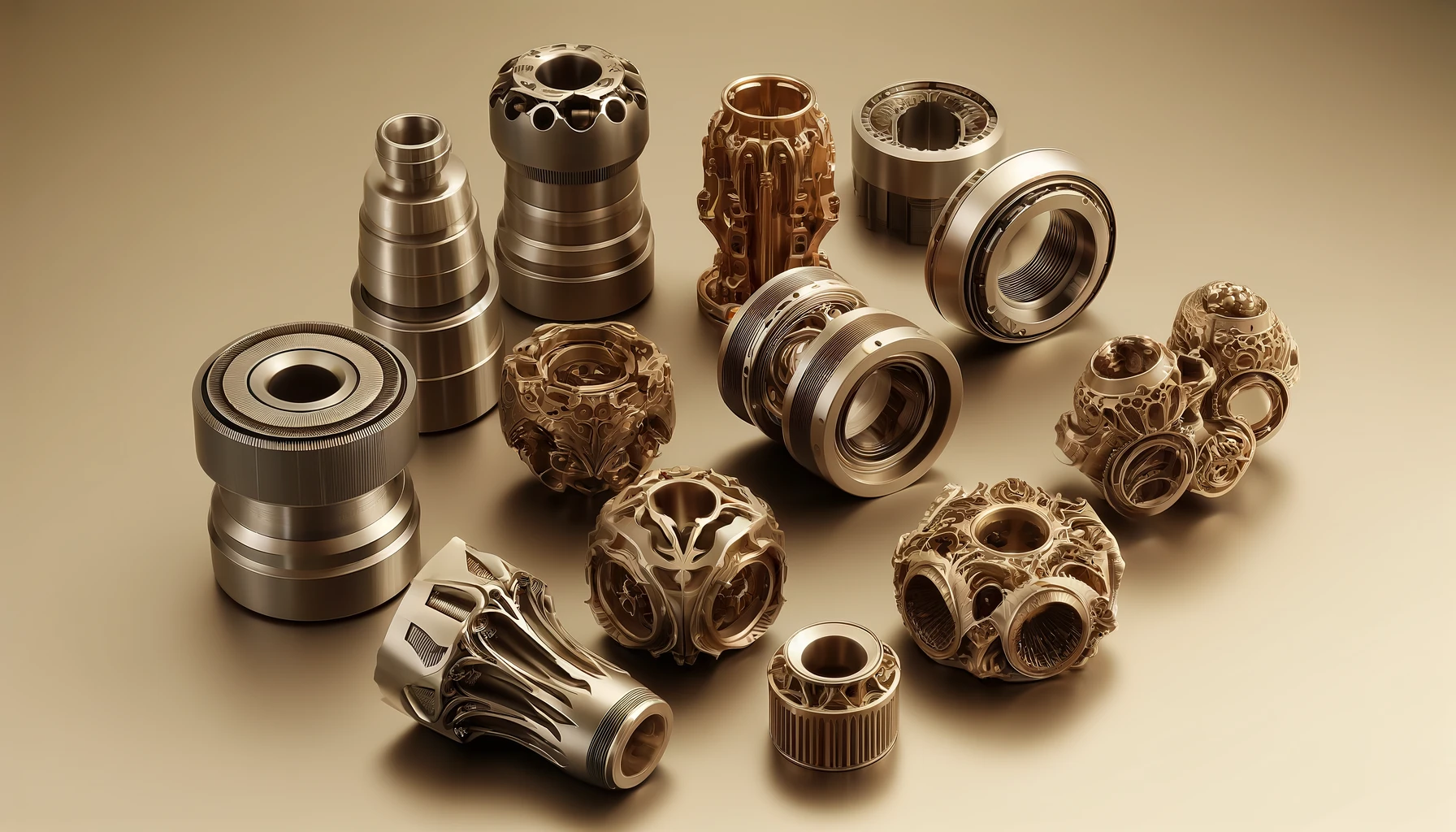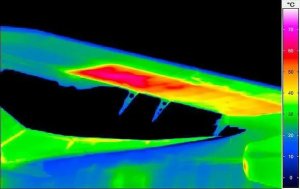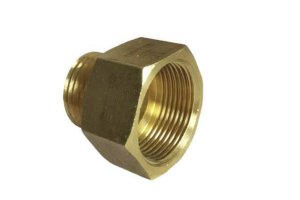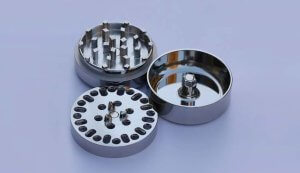What Materials Considerations Are Crucial for CNC Machining Bronze?
Bronze alloys vary widely in their composition and properties, impacting their machinability and the quality of the final product. Key considerations include:
- Alloy Composition: The specific blend of copper, tin, and other elements like phosphorus, aluminum, or silicon in bronze affects its hardness, tensile strength, and corrosion resistance. For instance, Phosphor bronze is renowned for its fine grain and excellent machinability, making it suitable for intricate parts.
- Material Hardness: Harder bronze alloys require more robust machining strategies to avoid excessive tool wear. Understanding the hardness of the material helps in selecting the right cutting tools and machining parameters.
- Microstructure: The grain size and phase distribution within the bronze can influence its behavior during cutting. Fine-grained materials generally offer better surface finishes but may be harder to machine.
- Workpiece Condition: The pre-machining condition of bronze—whether annealed, hardened, or already partially worked—can affect the machining process. Annealed bronze is softer and easier to machine but may require more finishing steps to achieve the desired hardness and strength.
By understanding these material considerations, manufacturers can optimize their machining processes to improve efficiency and reduce costs while maintaining high-quality outputs.
How to Optimize Tool Selection for Bronze Machining?
The selection of the appropriate cutting tools is crucial for effective machining of bronze, focusing on material compatibility, tool geometry, and coating:
- Tool Material: Carbide tools are typically preferred for their hardness and heat resistance, but polycrystalline diamond (PCD) tools can offer longer life and better finish for high-volume production. High-speed steel (HSS) tools might be used for shorter runs or for their flexibility in shaping.
- Tool Geometry: The design of the cutting tool affects its performance. Tools with sharper angles and more flutes can help reduce the force required to cut, minimizing the heat generated and improving surface finish. The rake and clearance angles must be optimized to facilitate efficient chip evacuation.
- Coatings: Tool coatings such as titanium nitride (TiN) can extend tool life by reducing wear and friction. Coatings are particularly useful in handling the higher abrasiveness of some bronze alloys.
- Tool Wear Management: Regular monitoring of tool wear is essential. Strategies like implementing a tool wear monitoring system can significantly enhance tool life and ensure consistent quality, reducing downtime and maintenance costs.
What are the Common Issues with Tool Wear in Bronze Machining?
Tool wear is a persistent challenge in bronze machining due to its abrasive nature. Understanding the types of wear and their causes can help in mitigating them effectively:
- Flank Wear: This type of wear occurs on the sides of the cutting tool and gradually degrades the cutting edge. It is commonly seen in prolonged cutting operations and can be minimized by optimizing cutting conditions and using suitable tool coatings.
- Crater Wear: Typically occurring on the top surface of the cutting tool facing the chip, crater wear can significantly affect tool life and cutting precision. Adjusting the tool’s material and geometry, and using appropriate coolants can help reduce its occurrence.
- Built-Up Edge (BUE): This happens when material from the workpiece adheres to the cutting edge, leading to poor surface finish and dimensional inaccuracies. It is often addressed by optimizing the cutting speed and feed rate, and by selecting coolants that reduce adhesion.
- Thermal Cracking: Sudden changes in temperature can cause cracks on the cutting tool. This can be controlled by maintaining a stable machining environment and using coolants effectively.
Case Study: In a manufacturing scenario where standard carbide tools were used to machine phosphor bronze, frequent tool changes were required due to rapid wear. After switching to PCD tools with a specific flute design for better chip evacuation, tool life improved by over 50%, and the need for tool changes decreased significantly, enhancing overall productivity and reducing operational costs.
Case Study: In a manufacturing setup producing bronze bushings, replacing conventional high-speed steel tools with carbide inserts reduced tool wear by 30% and improved production throughput by 25%.
How Does Machine Calibration Impact Bronze Part Accuracy?
Machine calibration is critical for maintaining dimensional accuracy, especially in precision CNC machining. Incorrect calibration can lead to deviations in part dimensions and geometric errors, which are costly and time-consuming to correct. Regular maintenance and calibration schedules are essential to ensure the machine operates at its optimal accuracy.
Data Table: The following table shows the impact of calibration on dimensional accuracy, based on a study conducted over six months:
| Month | Calibration Check | Parts Within Specifications | Parts Out of Specifications |
|---|---|---|---|
| Jan | Yes | 95% | 5% |
| Feb | No | 85% | 15% |
| Mar | Yes | 97% | 3% |
| Apr | No | 80% | 20% |
| May | Yes | 99% | 1% |
| Jun | Yes | 98% | 2% |
What are the Implications of Cutting Speeds and Feed Rates on Bronze?
Cutting speeds and feed rates significantly affect the quality of the cuts and the life of the machining tools. For bronze, improper settings can lead to work hardening, increased tool wear, and potential tool breakage. Optimal settings depend on the type of bronze alloy and the specifics of the machining operation.
Data Table: Effects of various cutting speeds and feed rates on tool life and part finish:
| Speed (RPM) | Feed Rate (mm/rev) | Tool Life (hours) | Surface Finish Quality |
|---|---|---|---|
| 600 | 0.1 | 40 | Good |
| 800 | 0.1 | 35 | Average |
| 1000 | 0.1 | 30 | Poor |
| 600 | 0.15 | 30 | Average |
| 800 | 0.15 | 25 | Poor |
| 1000 | 0.15 | 20 | Unacceptable |
How to Manage Heat Generation During Bronze Machining?
Heat management during the machining of bronze is critical to maintain tool life and ensure high-quality part finishes. Techniques to manage heat include using specialized coolants, optimizing cutting parameters, and employing intermittent cutting to allow time for the tool and workpiece to cool.
Case Study: Implementing a high-pressure coolant system in a bronze machining operation reduced average tool temperatures by 15%, increasing tool life by 20% and improving part finish.
What Quality Control Measures are Essential for Bronze CNC Parts?
Quality control in CNC machining of bronze parts involves dimensional checks, surface finish inspection, and material property testing. Employing precision measuring instruments, such as calipers, micrometers, and CMM (Coordinate Measuring Machines), ensures that parts meet stringent specifications.
Data Table: Sample inspection report for a batch of CNC machined bronze parts:
| Part Number | Dimensional Accuracy | Surface Roughness | Pass/Fail |
|---|---|---|---|
| 001 | Within specs | 0.8 Ra | Pass |
| 002 | Within specs | 1.2 Ra | Pass |
| 003 | Out of specs | 1.6 Ra | Fail |
| 004 | Within specs | 0.7 Ra | Pass |
| 005 | Out of specs | 1.5 Ra | Fail |
Other Articles You Might Enjoy
- Applications and Advantages of Bronze CNC Machining
1. Introduction: The Enduring Allure of Bronze in CNC Machining In this opening section, we explore the timeless appeal of bronze as a material for CNC machining. From its rich…
- Graphite vs. Bronze in CNC Machining: Which Offers Better Precision and Durability?
Introduction: A Brief Explanation of CNC Machining and the Purpose of this Article CNC machining, standing for Computer Numerical Control machining, is a manufacturing process where pre-programmed computer software commands…
- Elevating Precision Standards through Chamfer in CNC Machining
1. Introduction: The Pursuit of Unparalleled Precision In the realm of CNC machining, precision is paramount. This section introduces the article by exploring the significance of precision in manufacturing and…
- Precision Prowess: Unveiling the Advantages of China CNC Machining
1. Introduction: The Role of Precision in Manufacturing Excellence In this introductory section, we delve into the critical role that precision plays in manufacturing and set the stage for an…
- Revolutionizing CNC Machining for Complex Aerospace Assemblies
Introduction to CNC Machining in Aerospace Assemblies Computer Numerical Control (CNC) machining represents a significant technological development playing a notable role in the creation of complex aerospace assemblies. CNC machining…
- CNC Machining Aluminum vs. Brass: A Detailed Comparison for Precision Parts Manufacturing
Introduction to CNC Machining and Material Choices CNC (Computer Numerical Control) machining is a critical process in precision parts manufacturing. Its importance lies in its ability to create intricate and…









